----
Christian's (West Point) Mill, 1890s.
(Courtesy Duke Rare Book and Manuscript Collection - Wyatt Dixon Collection)
West Point may the most persistently relevant site in Durham - a place of importance to Native Americans, early European settlers, and present-day residents of Durham.
The West Point area was well-known to the Eno Indians, who appear to have utilized the area for hunting and fishing as well as its numerous springs.
The first mill at West Point was established around 1778 by William Thetford and Charles Abercrombie; the location was just downstream from the Synott mill (considered the first mill on the Eno River) and adjacent to Shoemaker's Ford and the then-new Roxboro Road.
William Ansley bought Abercrombie's mill in 1786 along with the old Synott tract and additional land to the south of it. William Ansley sold to George Carrington, under whom the mill lands were extended to over one thousand acres. This land came into the posession of Herbert Sims in 1817 when Carrington's ran into financial trouble.
Herbert Sims was a justice of the peace, colonel in the local militia, representative to the General Assembly for Orange County, and a renowned local figure. The mill community prospered under Sims; he ran the mill from 1817 until he died in 1843, after which his widow, Rachel Cabe McCown, and stepson continued the operation. Rachel's father, John Cabe, had established other mills on the Eno River: both his own, upstream from present day Cole Mill Road, and another for Rachel's first husband, Moses McCown, at the Cole Mill Road crossing.
Under Carrington's ownership, the community had consisted of a grist mill, a store, a dwelling, and a tavern. Under Sims, the community expanded greatly, adding a blacksmith shop, cotton gin, oil mill, saw mill, still, and a general store. The general store sold all variety of goods - from surviving ledgers, these included clothing materials, grocery, furniture, coffins, meat, whiskey, coffin, books, stationery, and the patent medicines of the day. 300 families called the area home. In 1839, a post office was established at the mill - as the western terminus of the mail route from Raleigh, the mill and community became known as West Point.
In this heyday of mills on the Eno, 32 mills would be established along the river.
John Cabe McCown, later owner of the West Point Mill during the period after the Civil War, built his Greek revival farmhouse residence at West Point in the 1840s.
Near the end of the Civil War, General Sherman stationed Brevet Major General Kilpatrick's cavalry unit at West Point during negotiations at Bennett Place. Additional troops appear to have congregated at West Point, causing no small amount of trouble; Kilpatrick evidently threatened to hang the miller of West Point and "people buried their molasses and hid their daughters" while the troops were stationed nearby. General Sherman's field orders reference the mill community:
"The general commanding announces to the army a suspension of hostilities, and an agreement with General Johnston and high officials, which when formally ratified, will make peace from the Potomac to the Rio Grande. Until the absolute peace is arranged, a line passing through Tyrrell's Mount, Chapel Hill, University, Durham's Station, and West Point, on the Neuse River, will sepa-rate the two armies. Each army commander will group his camps entirely with a view to comfort, health, and good police. All the details of military discipline must still be maintained, and the general hopes and believes that in a very few days it will be his good fortune to conduct you all to your homes. The fame of this army for courage, industry, and discipline is admitted all over the world. Then let each officer and man see that it is not stained by any act of vulgarity, rowdyism, and petty crime."
The Cabes, McCowns, and Sims were present at Bennett Place for the surrender.
John Cabe McCown managed to keep the mill running after the end of the Civil War, but economic circumstances were difficult, and sold a half-interest in the mill to William Lipscomb in 1869, and lost the other half to him in 1873. Lipscomb, however, married McCown's daughter, Mary, keeping the mill in the family.
In 1888 Lipscomb sold the mill to W.J. Christian; the frequency with which the mill is referred to as 'Christian's Mill', and the road to Roxboro referred to as "Christian's Mill Road" attests to the prominence of the mill during this period.
In 1891 McCown's house was sold to Presley J. Mangum, an early Durham postmaster who had lived in a house on East Main St. on the later site of Alexander Ford left Durham to move to West Point. Hugh Mangum, Presley Mangum's son, was an early photographer out of Durham, who took numerous photos throughout the southeast, preserved on glass plates. (The collection is housed at Duke, and digitally available for perusal. Hugh had been born in the East Main St. house, but moved with his father to West Point in 1893.
Increasingly, Durham became the epicenter of the area; Lipscomb (1883) Christian (1888-89) and John Cabe McCown's son, Moses Ellis McCown (1898-1901) all served as mayors of Durham.
Hugh Mangum photograph of the mill, likely from the flood of 1908.
(Courtesy Duke Rare Book and Manuscript Collection)
Early 20th century postcard of the dam at "Christian's Mill"
(Screenshot from "The Story of West Point", accessed here.)
In 1909 Mrs. Mangum wrote to her son Hugh Mangum:
"We had a big rain Friday and the branches and river was out of the banks. Knox Vaughan's corn land was under water yesterday. He had it already to plant. I think he will have to plow it again before he plants it now. Christian has sold the mill to Jim Hopkins and Will Holloway so it is no more Christian's Mill; some way it makes me sad to think about it, but I guess it is for the best for they intend to improve things around there, and Christian would not as long as he could get 30 dollars rent as it was. They gave him forty-five hundred for it. After they bargained for it, another man offered him five thousand, but it was too late. I know it made him sick to lose that five hundred dollars. Durham is still moving out this way; it will get here some day if it keeps on. I don't expect to see it, but some one will if time still lasts."
The mill at West Point, in operation since 1778, stopped running in 1942 after 164 years when a freshet (flood from spring thaw) cracked the dam.
The Mangum family occupied the McCown-Mangum house until 1968. The house and land were sold to Ervin Industries, a housing and commercial developer who purchased 700 acres of land along the Eno River, along both sides of Roxboro Road, intending to develop the east side of the road into a shopping center and housing development, and the west side (present location of West Point Park) into office towers and condominiums. The house and mill were left to looters & vandals, the pond & garden behind the house bulldozed.
04.28.69
(Courtesy The Herald-Sun)
04.28.69
(Courtesy The Herald-Sun)
Fortunately, the Eno River Association had been thrust into existence and organization several years earlier to combat the city and state plan to dam the Eno River, creating another large reservoir for drinking water. When Ervin Industries began to implement its plan, with bulldozers on site to demolish the McCown-Mangum house, the Eno River Association managed to necessitate an Environmental Impact Statement (EIS). The cost and delay involved pushed Ervin Industries to sell the portion of the land holding the mill and house to the city. A look at the blight that is the east side of Roxboro Road, across from the present-day park, should induce a shudder as to what the park might have become.
The house and mill were in poor shape by this time.
Abandoned, dilapidated McCown-Mangum house, 03.17.70
(Courtesy The Herald-Sun Newspaper)
McCown-Mangum house - although this was in a folder with the same date as the above picture (3.17.70) it appears that work is underway, and this is sometime later.
(Courtesy The Herald-Sun Newspaper)
The mill, before 1973.
(Screenshot from "The Story of West Point", accessed here.)
The mill, before 1973.
(Screenshot from "The Story of West Point", accessed here.)
In 1973, as plans were being implemented for the formation of the park and restoration of the house and mill, the foundation of the mill gave way, and the mill collapsed.
"Christian's Mill Collapses", 02.07.73
(Courtesy The Herald-Sun)
"Christian's Mill Collapses", 02.07.73
(Courtesy The Herald-Sun
100 additional acres of purchased and donated land were added to the park, and in 1974, a master plan for the park was developed. Through the use of photographs of the original mill, remains of the framing, and the intact foundation, the mill was reconstructed with materials from other local grist mills.
Rebuilding of the mill, 1970s.
(Screenshot from "The Story of West Point", accessed here.)
Rebuilding of the mill, 1970s.
(Screenshot from "The Story of West Point", accessed here.)
The 1840s McCown-Mangum house was renovated as a museum with period furniture, and an original packhouse became a museum for Hugh Mangum's photography.
West Point park was dedicated in July 1976. Soon thereafter, the reconstructed mill was completed, complete with functional machinery that can grind corn and wheat with water power. The NC Folklife festival was held in the park in 1978, and the first Festival for the Eno was held on July 4, 1980, and has been held every July 4th since.
McCown-Mangum House - 01.17.09
West Point Mill, 01.17.09
The park is a jewel of the city park system, a wonderful respite from the pace of Durham daily life, and Eno Fest has become a mainstay in what makes Durham Durham - an integral part of our culture. The Eno River Association and the Friends of West Point Park continue to advocate for protection of the entire Eno riparian corridor.
Most recently, this has been threatened (once again) by the legacy of the Ervin Company, which had rezoned portions of the land for dense residential development, notably a section that was not acquired in the establishment of West Point Park, known as Black Meadow Ridge. Ostensibly, the logic behind the rezoning was to 'match' the intended Eno Drive construction.
Black Meadow Ridge sits south of the current park, near Roxboro Road. The Ervin Company transferred the land to Ray in 1984, undeveloped. The land had remained undeveloped until 2004, when a purchase agreement was signed between Ray and Sun Forest Systems of Chapel Hill - a real estate development company that intends to develop 119 single family dwellings and 206 townhomes on the site.
The Friends of the Eno and Eno River Association, along with surrounding neighborhoods, have sought to preserve the Black Meadow Ridge site from inappropriate development. The solution has revolved around an exchange, wherein West Point on the Eno would be transferred to state of NC control and the state would purchase Black Meadow Ridge to make it part of the park / Eno State Park.
I'm not familiar enough with the entities to know whether this is a good, bad, or neutral idea from a management perspective - undoubtedly, as with all such decisions, there are elements of good and bad. From my experience as a patron of both Eno State Park and West Point, both seem to be well-managed. Some compromise is undoubtedly worth stomaching for land preservation. I would hope that landowners and developers would consider looking beyond their narrow self-interests when it comes to greenfield development, but that seems like an unlikely turn of events (although one of the side benefits of our current economic situation is to, hopefully, destroy the proformas of greenfield developers.)
I hope that, someday, I'll be able to ride a bike up the north-south greenway from downtown to West Point on the Eno, and hike or ride from there to Cole Mill Road, and maybe even to Ochoneechee Mountain near Hillsborough. That's going to take a lot of beneficence on the part of landowners, some strength by our city, county, and state governments, and a proactive rather than passive role of the city/county Planning Department.
Find the mill on a Google Map.
Find the McCown-Mangum House on a Google Map.
36.06931,-78.90907

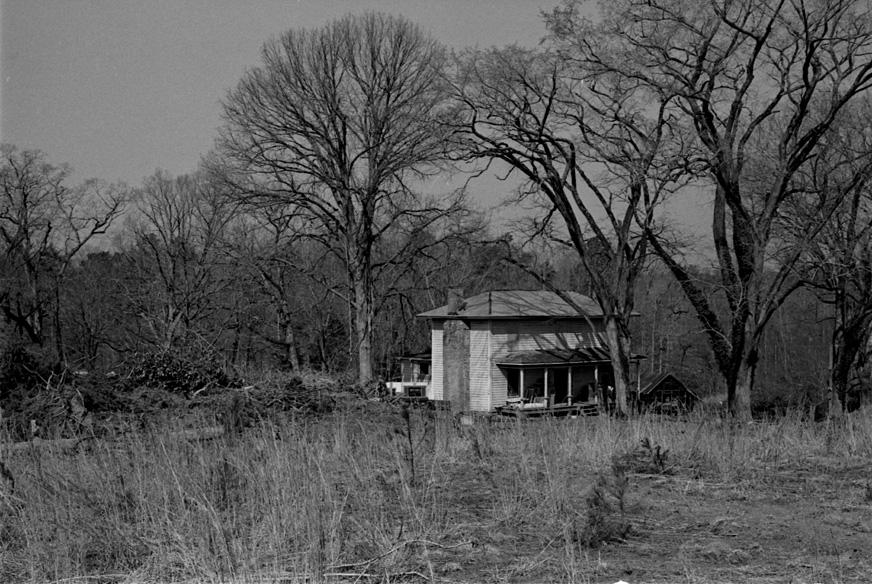

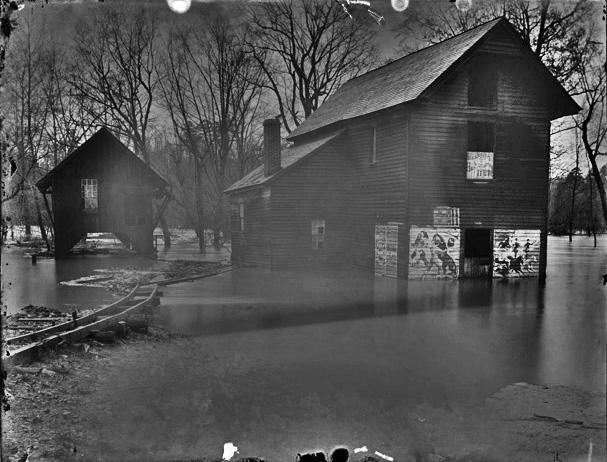
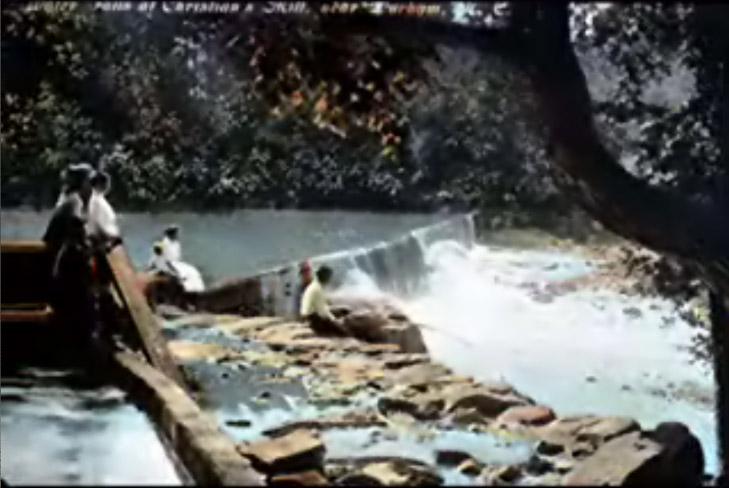
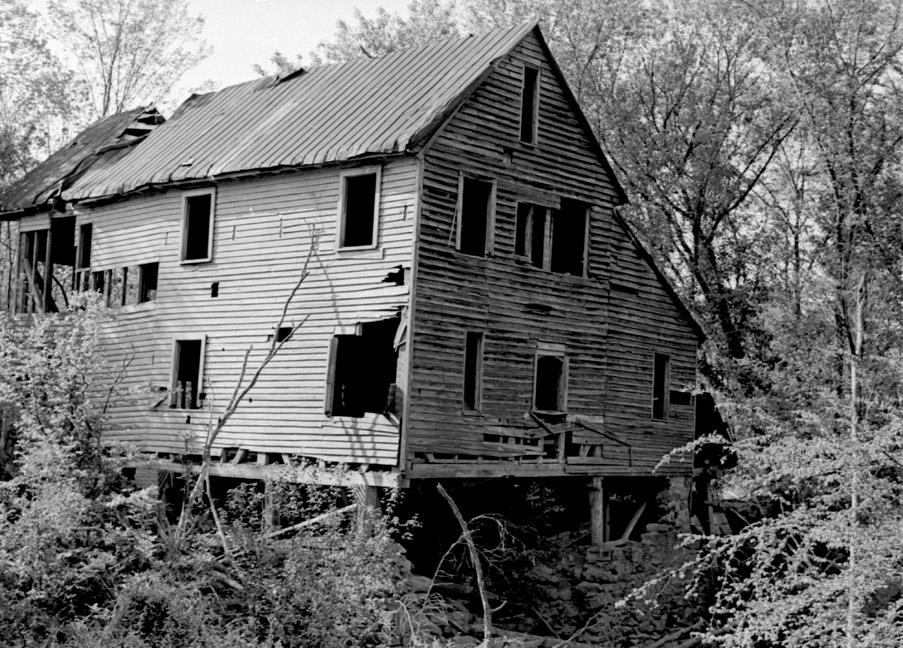
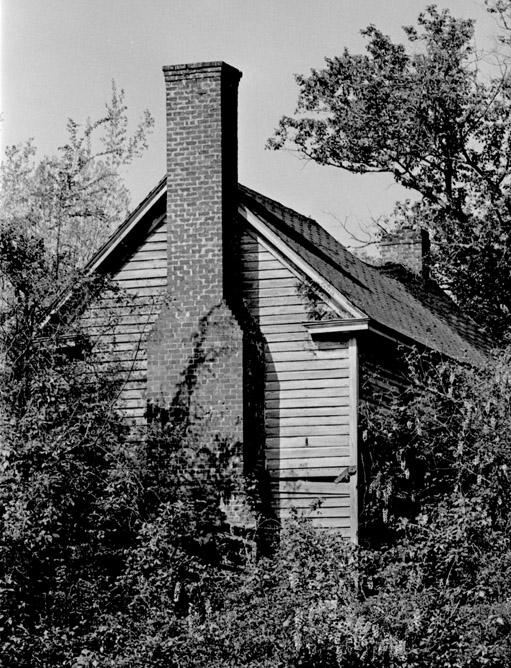
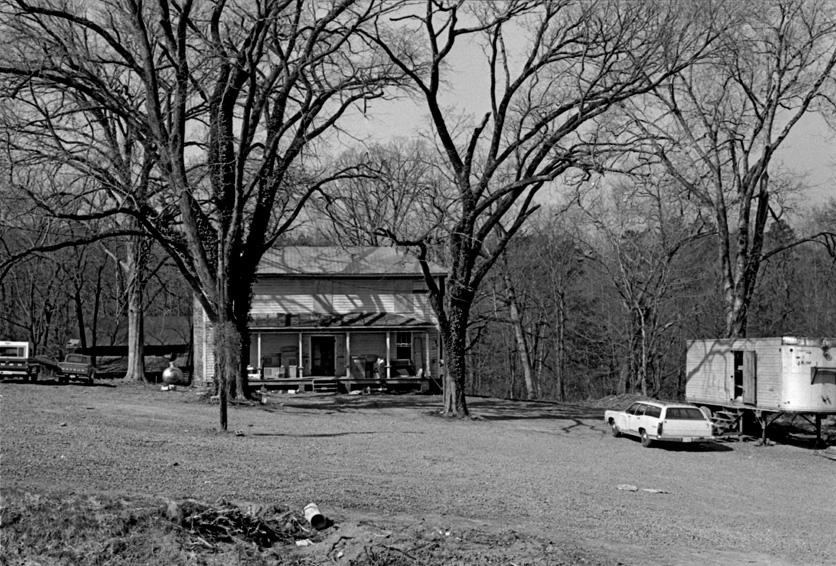
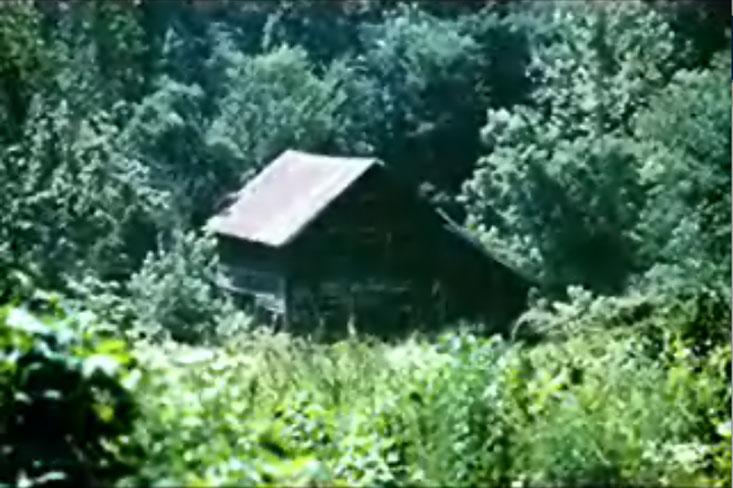
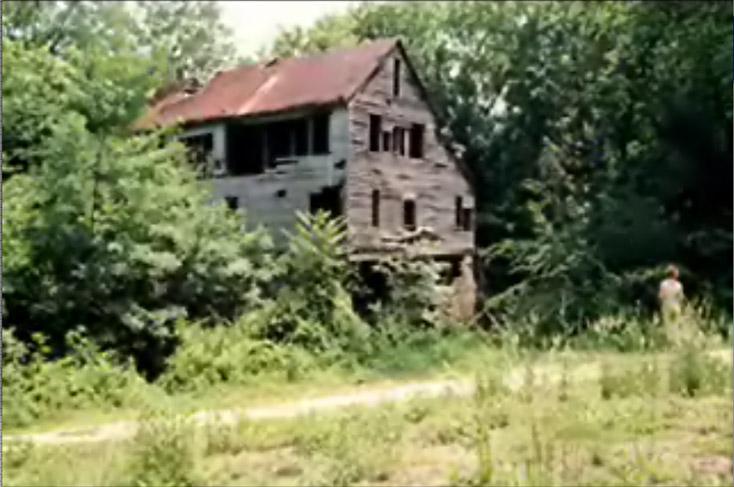
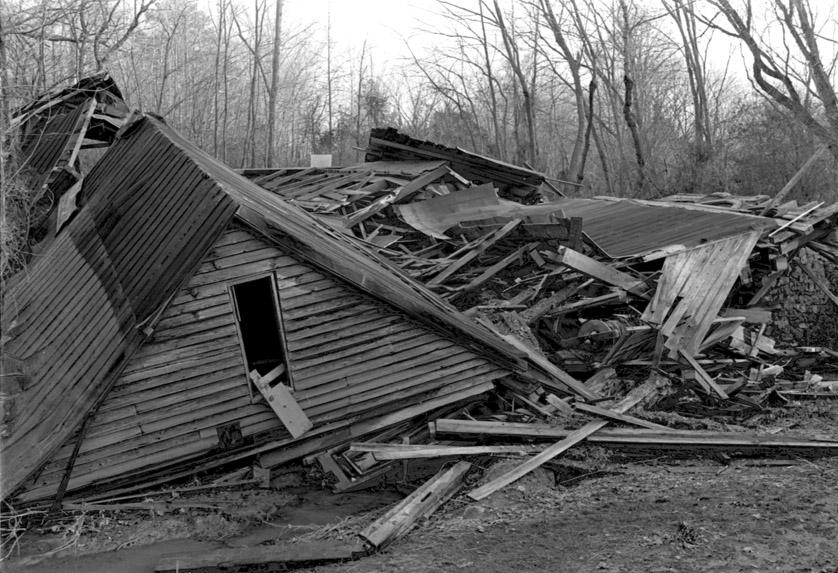
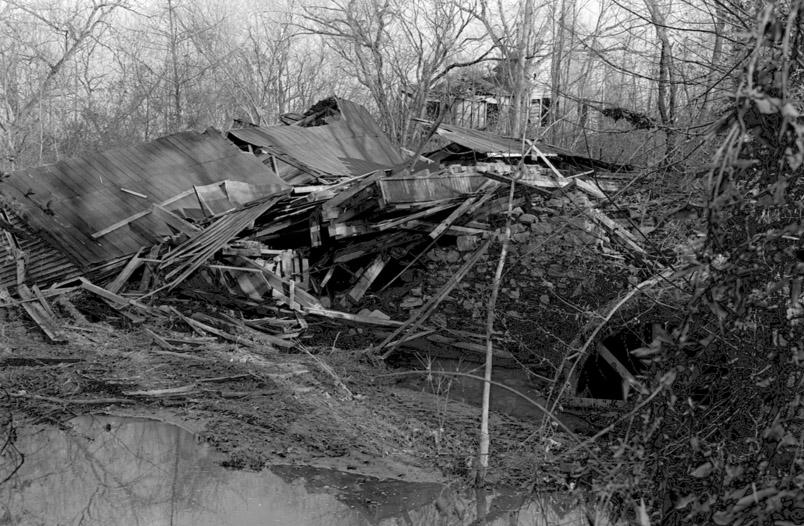
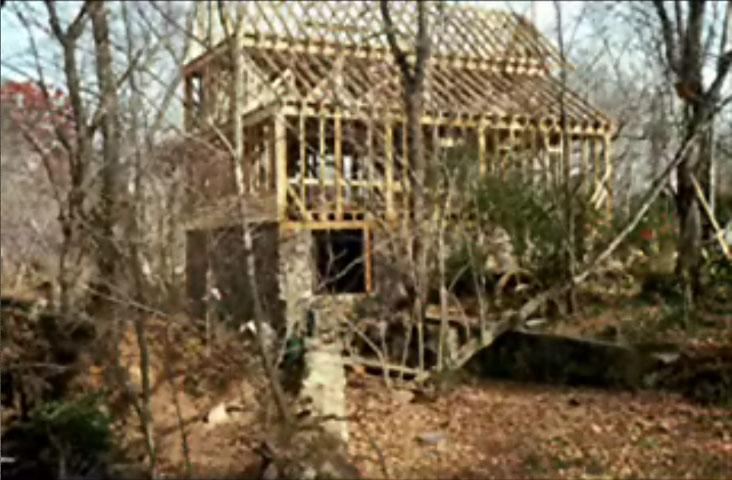
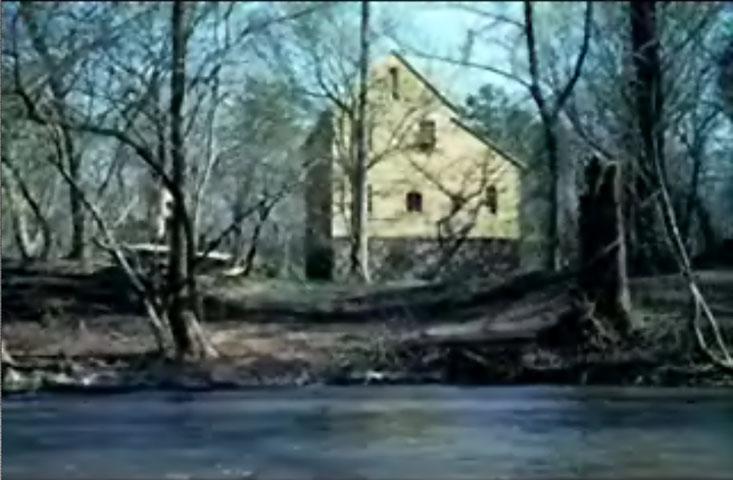
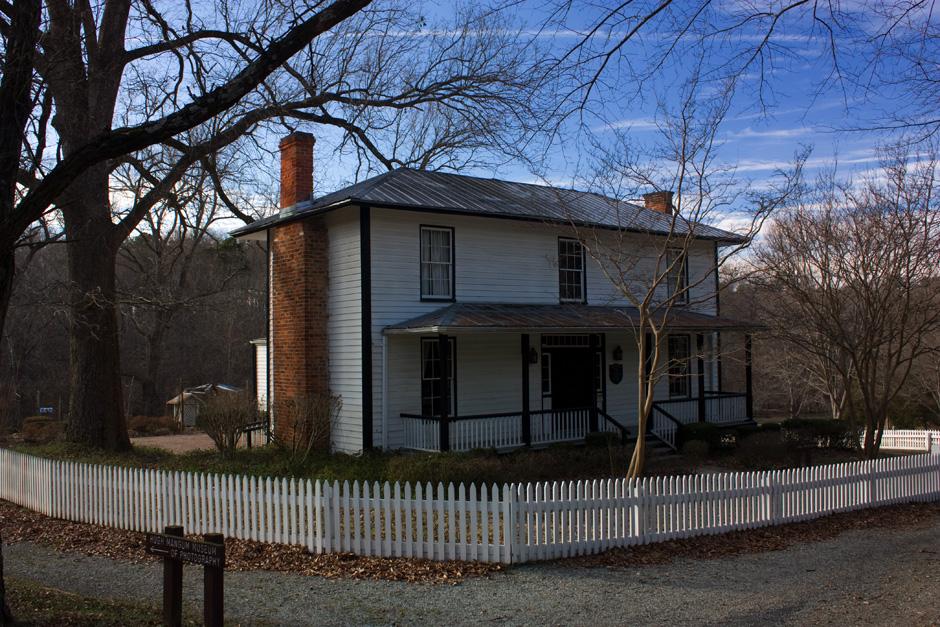
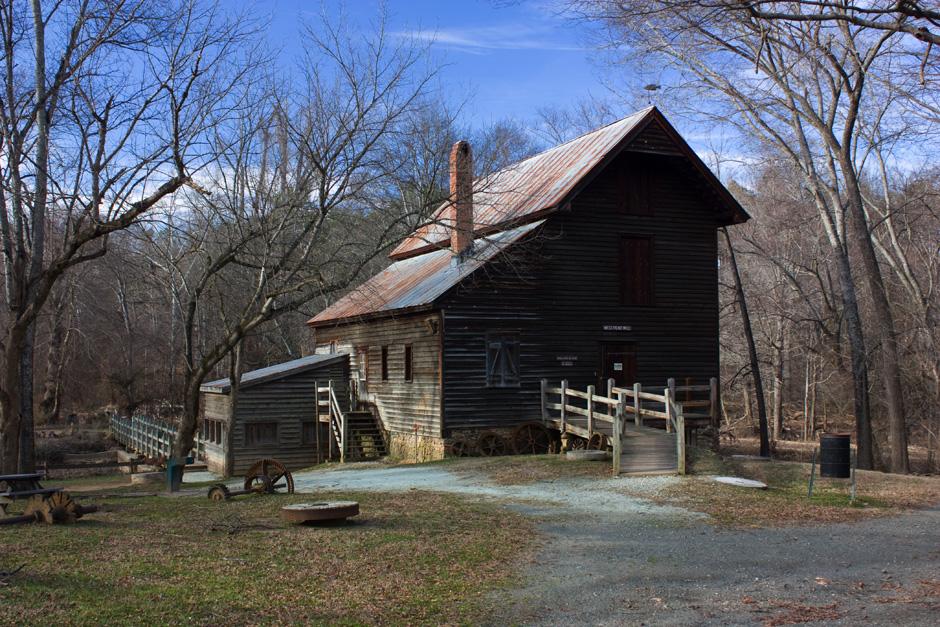
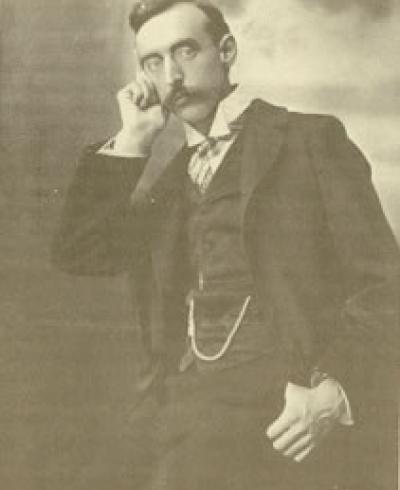
Comments
Submitted by wren (not verified) on Mon, 2/16/2009 - 3:07pm
I believe Herbert Sims' first wife was Nancy Carrington. There is a July 1795 marriage record for them. The George Carrington who purchased the land from Ansley was her grandfather.
If I have my Mangum/Mangham history right, Presley Mangum married Sally A. Farthing. They had three children: Hugh, Leo, and Pattie. Pattie married Charlie Latta (son of James Gilmore Latta and Catherine Howard) and had four children. The two youngest lived in this house until the land was sold although the house was in pretty bad shape by then. My dad grew up with the youngest and used to visit him at this house in the 60s. The two of them could knew a lot of stories about this bit of land.
We were all amazed at the restoration of the house when West Point opened. When I was in Girl Scouts, we were treated to a long hike of this area by Margaret Nygard, who probably came to know it better than anyone.
Submitted by R.G. (not verified) on Mon, 2/16/2009 - 9:48pm
Great post Gary, kudos.
..."I hope that, someday, I'll be able to ride a bike up the north-south greenway from downtown to West Point on the Eno, and hike or ride from there to Cole Mill Road, and maybe even to Ochoneechee Mountain near Hillsborough. That's going to take a lot of beneficence on the part of landowners, some strength by our city, county, and state governments, and a proactive rather than passive role of the city/county Planning Department".
Word. Yeah, hopefully we'll be able to do that before we are old and grey and pushing walkers around. This may require new officials because it does not seem like much of the current batch have this on their radar. They need to get with the program or make room for people who will get stuff done.
It is disappointing that this area is so incredibly slow in increasing greenway miles and connections. I moved here from Raleigh in 2003 and I believe in this time period Raleigh and Wake County have added to the greenway system many times over the number of miles that Durham has.
Submitted by grgcl (not verified) on Tue, 2/24/2009 - 2:26pm
As always, your post are so wonderful. I really look forward to each post. As a kid, I had been inside the McCown-Mangum house. My mom's family knew the Mangums. One of my uncles was a graphic artist. Many of the glass negatives you mention in this post were given to my uncle in a shoe box. I can remember holding them up to the light to see the image on the glass. These plates were later returned and are now part of the museum at the park.
There was another house closer to Roxboro Rd that has long ago vanished. The house stood on the south side of Eno river, about where the new walkway and footbridge are located today. I never knew who the house had belonged to. Did you run into any information on this large house?
Submitted by A.Swanson (not verified) on Tue, 4/20/2010 - 8:54pm
P.J.Mangum and Sallie Farthing had 6 children.(not in order) Hugh, Leo, Pattie, Sallie, Lula and Allie. Allie died at birth or shortly thereafter. Sallie married John Knox Vaughn and lived in the house where only the chimney remains today. My great aunt Louise Vaughan Garrard was born in that house and was responsible for the restoration of said chimney.As for who owned the house prior to the Mangums and the Lipscombs, at present time I don't know. I know these as facts because P.J.Mangum was my Great Great Grandfather. There are a few family members still living but with their passing the first-hand knowledge will pass also.
Submitted by Martha (not verified) on Sat, 3/24/2012 - 9:32pm
Yes, P.J. and Sallie had 6 children: Hugh 1877, Leo 1879, Pattie 1880, Lula 1883, Allie 10/15/1885-10/30/1885, and Sallie 1890. P.J. Mangum was my Great Grandfather, and Hugh was my Grandfather. I have many memories of the house and the area. As a child, my mother, Hugh’s daughter, would take us to the McCown-Mangum house often when Leo and Phillips, one of Pattie’s sons, were living there. During that time, we would also see Pattie L. Mangum, Pattie Mangum Latta’s daughter, who did some cooking for her brother and uncle. Many thanks to Gary for this wonderful website.
Add new comment
Log in or register to post comments.